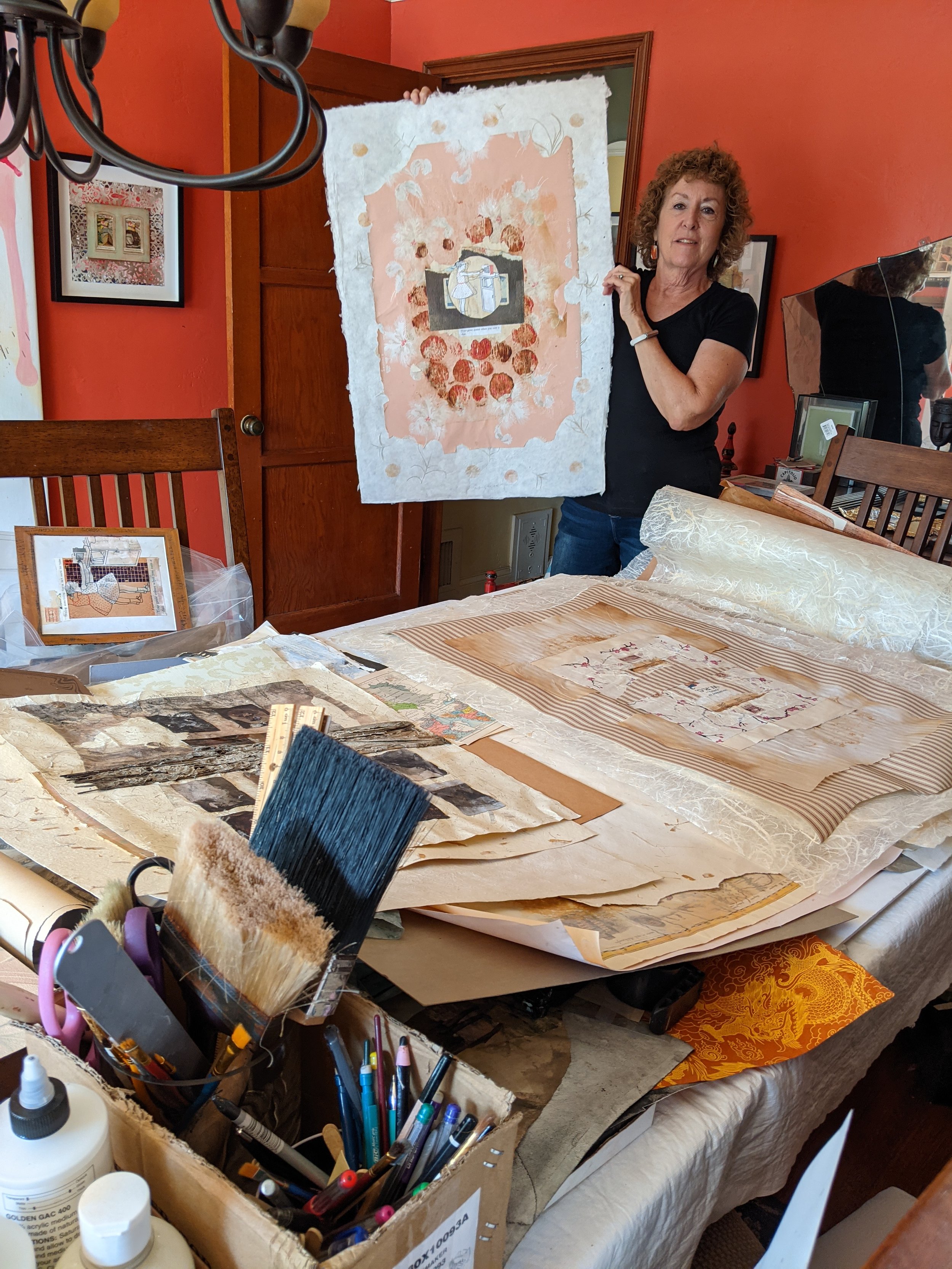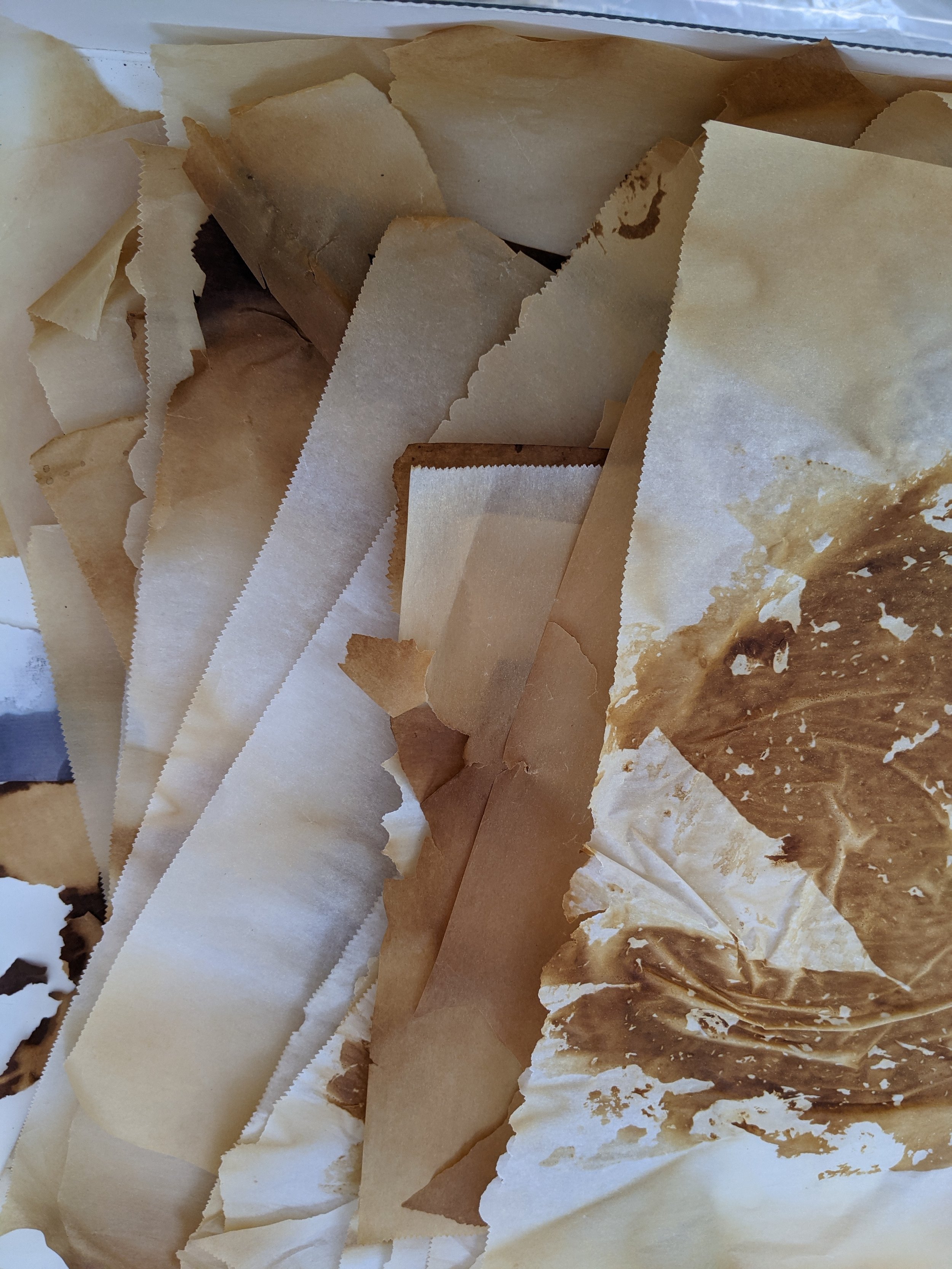The cost of polytab is rising, as indicated in the email below from the polytab source in Los Angeles:
To our Poly Tab Customers:
Citing ongoing challenges in the manufacture and distribution of non-woven stabilizer materials, I need to inform you that the mill responsible for producing STC-QST’s style #320 Poly Tab material will be implementing a 5% price increase that will go into effect on June 2nd, 2025.
Chief among these challenges, recent changes in tariff rates and trade policies have resulted in escalated costs of raw materials required to produce non-woven substrate.
In addition, a global rise in energy prices, along with increases in packaging and maintenance costs, have not only affected operational costs but have also necessitated improvements in the mill’s production and distribution capabilities.
The STC-QST team understands that a price increase of any kind is never welcome news.
However, our company remains committed to supplying our customers with the level of quality and service they’ve come to know and expect from STC-QST, regardless of prevailing market conditions.
The pricing highlighted below will go into effect on Monday, June 2, 2025:
Standard Roll Pricing Style Code June 2025 $
320-60-WE Standard 60” X 250-yard roll $1.74/yd
320-46-WE Standard 46” X 250-yard roll $1.41/yd
NOTE: Order quantities amounting to less than our 250-yard standard roll is subject to $0.60 per yard higher than pricing stated here.
We thank you for your understanding and continued partnership.
Regards,
TONY SPAGONE, STC-QST
1457 E Washington Blvd, Los Angeles, CA, 90021
Tel: (213) 746-0850 ext 118 Fax: (213) 746‑0865 Mobile: (818) 317-1266
Email: tspagone@stc-qst.com















